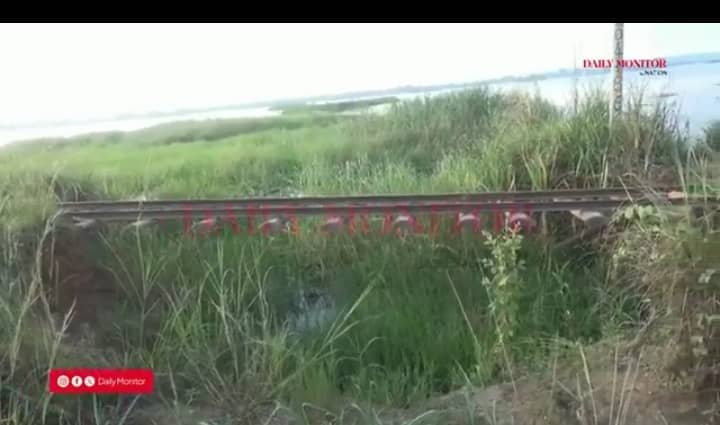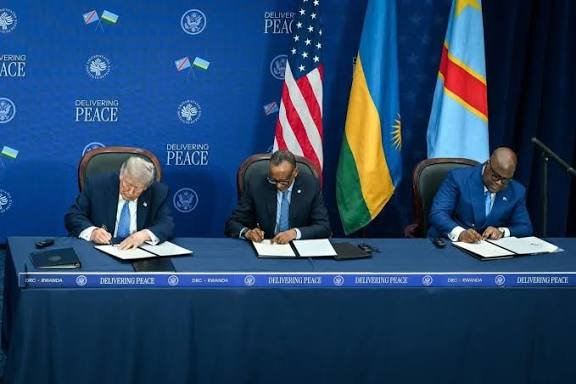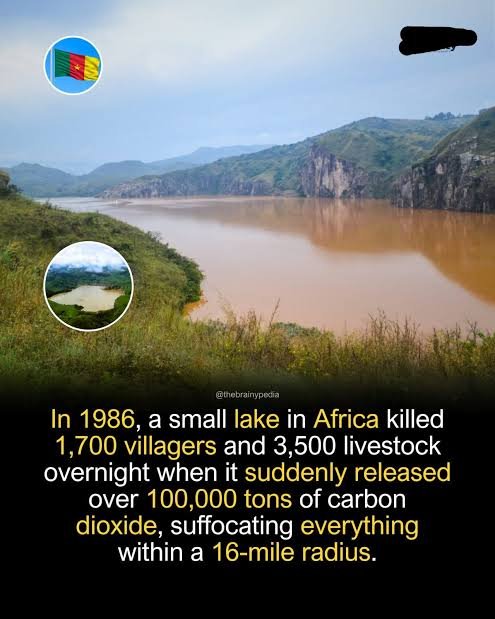
Neglected Tracks: Pakwach Railway Line Crumbles Despite Regional Trade Potential
Pakwach, Uganda — Once a symbol of promise and progress, the Pakwach railway line now lies in a state of disrepair, its rusting tracks overrun by weeds and weather damage, a stark contrast to the vital transport artery it was meant to be.
Commissioned in 1969 under the Milton Obote regime, the railway was envisioned as a key component of Uganda’s internal transport infrastructure. It was strategically constructed to stimulate regional trade and support agricultural exports from northern Uganda, particularly the West Nile sub-region.
For years, the line played a significant role in bolstering local industries and connecting rural producers to urban and international markets. It represented a major government investment in regional development, offering an affordable and efficient link between the north and other parts of the country.
However, decades later, the once-thriving railway line has fallen into neglect. The infrastructure has suffered severe deterioration—sections are submerged in water, overgrown with vegetation, and exposed to vandalism. No longer in active use, the Pakwach line now stands as a ghost of its former self.
In 2006, there was renewed hope when China pledged support to extend the railway to Juba in South Sudan, a move that would have transformed it into a critical cross-border trade route. But like many infrastructure promises of the time, the proposal failed to materialize.
Today, with East Africa’s regional trade ambitions gaining momentum, experts and local leaders argue that reviving the Pakwach railway could unlock economic opportunities for northern Uganda and beyond. Yet, despite its untapped potential, the line remains forgotten, a crumbling reminder of past ambitions and missed opportunities.
As Uganda continues to push for infrastructure-led development, many are asking: Will the Pakwach line be restored to serve its original purpose—or will it remain a relic of unrealized vision?








